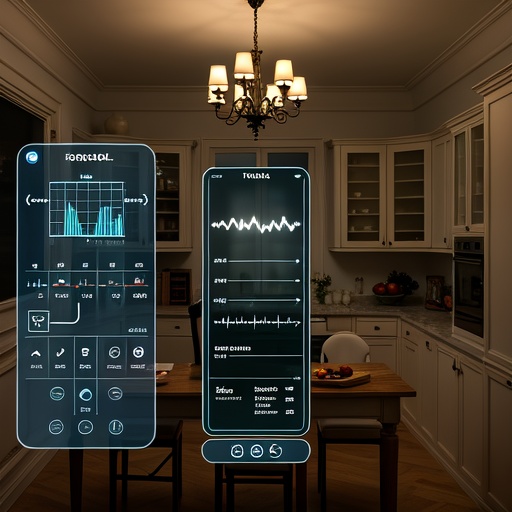Triac's Rolein Dimming: Achieve Flawless Lighting Adjustment
In the realm of modern lighting solutions, the quest for flawless lighting adjustment has led to the widespread adoption of advanced technologies. Among these, the use of a Triac in dimming applications stands out as a game-changer, offering unparalleled control over light intensity while ensuring energy efficiency. This article delves into the intricate workings of Triacs in dimming circuits, shedding light on their significance in achieving seamless lighting adjustments.
At its core, a Triac is a semiconductor device that acts as a bidirectional switch, capable of conducting current in both directions. This unique property makes it an ideal choice for controlling alternating current (AC) in lighting systems, especially when it comes to dimming. Unlike traditional methods that rely on variable resistors or transformers, which often result in energy loss and reduced lifespan of bulbs, Triac-based dimming offers a more efficient and precise way to adjust light levels.
The magic behind Triac's role in dimming lies in its ability to phase-control the AC voltage supplied to the light fixtures. By varying the point at which the Triac turns on during each half-cycle of the AC waveform, the average power delivered to the lights can be meticulously controlled. This phase-cutting technique allows for smooth dimming from full brightness down to near darkness without flickering or hue shift, ensuring a comfortable and visually appealing environment.
One of the key advantages of using a Triac in dimming applications is its compatibility with various types of light sources, including incandescent, halogen, and even some LED bulbs. However, it's worth noting that for LED lighting, specialized drivers may be required to ensure optimal performance and longevity due to their sensitivity to voltage and current fluctuations.
Beyond its technical prowess, the integration of Triacs in dimming systems also contributes significantly to energy savings. By allowing users to fine-tune the light output according to their needs, unnecessary energy consumption is minimized, leading to lower electricity bills and a reduced carbon footprint. Moreover, the extended lifespan of bulbs operated with Triac-based dimmers further enhances the overall cost-effectiveness of the solution.

From residential homes seeking ambiance to commercial spaces requiring flexible lighting schemes, the application of Triacs in dimming technology has revolutionized the way we interact with light. Whether it's creating a cozy atmosphere for a dinner party or setting the perfect mood in a retail store, the ability to achieve flawless lighting adjustment with a simple touch or slide of a control has become an integral part of modern living.
In conclusion, the role of Triacs in dimming cannot be overstated. As a cornerstone of efficient and versatile lighting control, they enable us to experience light in its fullest potential, blending functionality with aesthetics. As technology continues to evolve, one thing remains certain – the humble Triac will continue to play a pivotal role in shaping the future of照明adjustment, making our world a brighter yet energy-conscious place.
 In heritage architecture prote
In heritage architecture prote
 When small-batch customization
When small-batch customization
 Have the electromagnetic emiss
Have the electromagnetic emiss
 When Triac dimmable power supp
When Triac dimmable power supp
